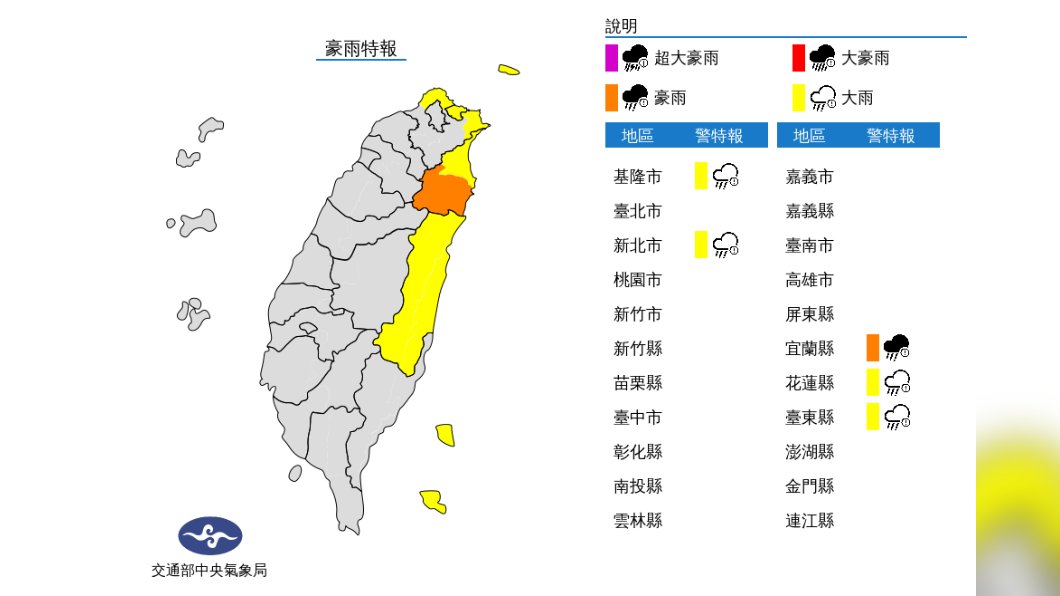fanfuhan OpenCV 教學011 ~ opencv-011-圖像像素歸一化
資料來源: https://fanfuhan.github.io/
https://fanfuhan.github.io/2019/03/25/opencv-011/
GITHUB:https://github.com/jash-git/fanfuhan_ML_OpenCV
C++
#include#include using namespace std; using namespace cv; /* * 图像像素归一化 */ int main() { Mat src = imread("../images/test.png"); if (src.empty()) { cout << "could not load image.." << endl; } // imshow("input", src); Mat gray; cvtColor(src, gray, COLOR_BGR2GRAY); imshow("input", gray); // 显示图像用uchar类型,计算时转为float类型 gray.convertTo(gray, CV_32F); // NORM_MINMAX Mat dst = Mat::zeros(gray.size(), CV_32FC1); normalize(gray, dst, 1.0, 0, NORM_MINMAX); Mat res = dst * 255; res.convertTo(dst, CV_8UC1); // 显示图像用uchar类型 imshow("NORM_MINMAX", dst); // scale and shift by NORM_INF normalize(gray, dst, 1.0, 0, NORM_INF); res = dst * 255; res.convertTo(dst, CV_8UC1); imshow("NORM_INF", dst); // scale and shift by NORM_L1 normalize(gray, dst, 1.0, 0, NORM_L1); res = dst * 10000000; res.convertTo(dst, CV_8UC1); imshow("NORM_L1", dst); // scale and shift by NORM_L2 normalize(gray, dst, 1.0, 0, NORM_L2); res = dst * 10000; res.convertTo(dst, CV_8UC1); imshow("NORM_L2", dst); waitKey(0); return 0; }
Python
import cv2 as cv
import numpy as np
src = cv.imread("D:/vcprojects/images/test.png")
cv.namedWindow("input", cv.WINDOW_AUTOSIZE)
cv.imshow("input", src)
gray = cv.cvtColor(src, cv.COLOR_BGR2GRAY)
# 转换为浮点数类型数组
gray = np.float32(gray)
print(gray)
# scale and shift by NORM_MINMAX
dst = np.zeros(gray.shape, dtype=np.float32)
cv.normalize(gray, dst=dst, alpha=0, beta=1.0, norm_type=cv.NORM_MINMAX)
print(dst)
cv.imshow("NORM_MINMAX", np.uint8(dst*255))
# scale and shift by NORM_INF
dst = np.zeros(gray.shape, dtype=np.float32)
cv.normalize(gray, dst=dst, alpha=1.0, beta=0, norm_type=cv.NORM_INF)
print(dst)
cv.imshow("NORM_INF", np.uint8(dst*255))
# scale and shift by NORM_L1
dst = np.zeros(gray.shape, dtype=np.float32)
cv.normalize(gray, dst=dst, alpha=1.0, beta=0, norm_type=cv.NORM_L1)
print(dst)
cv.imshow("NORM_L1", np.uint8(dst*10000000))
# scale and shift by NORM_L2
dst = np.zeros(gray.shape, dtype=np.float32)
cv.normalize(gray, dst=dst, alpha=1.0, beta=0, norm_type=cv.NORM_L2)
print(dst)
cv.imshow("NORM_L2", np.uint8(dst*10000))
cv.waitKey(0)
cv.destroyAllWindows()






/01.jpg?raw=true)